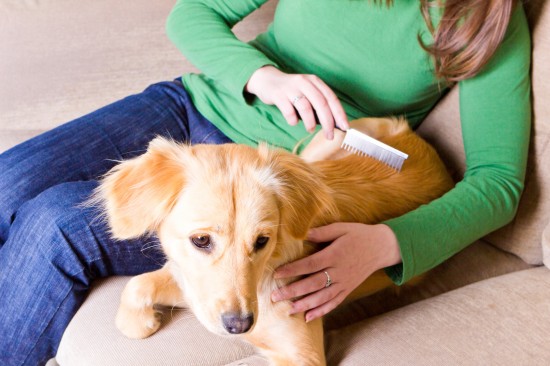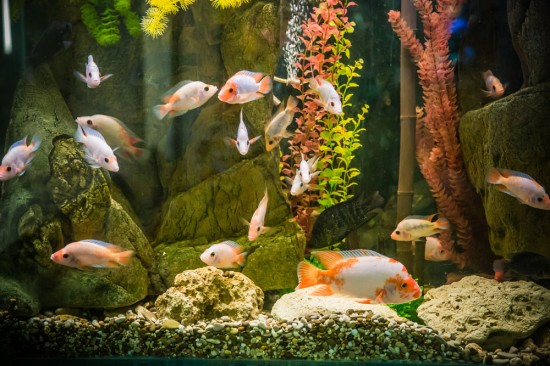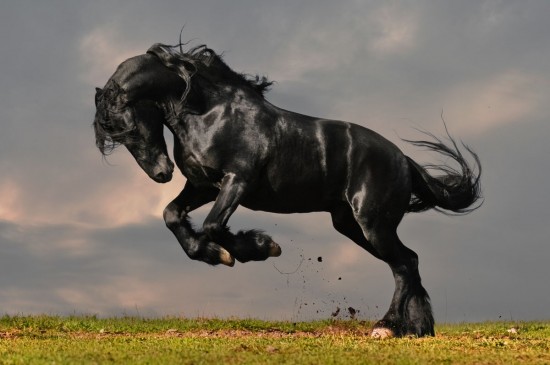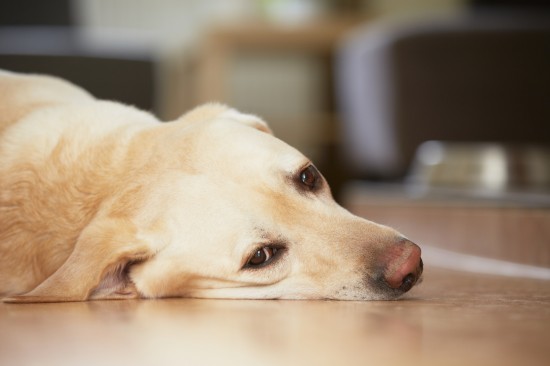
Given that not only papillons but all dogs have the built in drive to walk and migrate, walking a dog is arguably the best socialization drill, papillon training-wise, if not the best overall training...
Given that not only papillons but all dogs have the built in drive to walk and migrate, walking a dog is arguably the best socialization drill, papillon training-wise, if not the best overall training exercise. Hence, its only fair to not rush the dog through the whole routine. The dog also needs a few timeouts to relax and observe the world around it.
Your butterfly dog's event temperament needs to be taken into account, since the occasional surprise can pop up, and you will need a way to manage these things. First, handfeeding your dog her meal during walks helps the dog form positive connections with people, other dogs, and traffic. Give your dog kibble or some treat every time a car or some noisy vehicle passes by. Offer still another when you encounter another person or dog. Yet another treat is awarded for the dog greeting another person or dog in an amiable way. If a child approaches and the dog welcomes petting, shower praise plus treats on your pet.
{If people want to meet your dog, first show them how to make use of kibble or a treat to entice the dog to come and sit. Ask the person to offer the treat only after your dog sits to say hello. Meanwhile, your dog needs to be quick on the "sit" command when meeting and greeting people.
Training on Walks
And now, for the one papillon training matter that attracts so much ado: leash pulling. Dogs do it for a variety of reasons. For one, the view is always better for the lead dog. Pulling on-leash seem to be an enjoyable experience for most pooches, but there's no reason for owners to condone it!
If you aim for a thoroughly enjoyable and calm on-leash walk, try the following as soon as you can:
Eventually it will be like a game for your dog to know what of its actions (sitting) lead to fun walking, and what (e.g. straining) leads to you not moving at all. But do not give your dog hints, save the moving and stopping. Allow your papillon to work it out because these dogs are capable of doing so. As you wait for the dog to figure out why you are not moving, he will figure out in a moment which behaviors are unwanted. Then if he eagerly sits and receives praise and a reward, he is learning what you want him to do.
 Basic Grooming Tips For Dogs
Basic Grooming Ti
Basic Grooming Tips For Dogs
Basic Grooming Ti
 Information About Fish For Potential Fish Owners
Information About
Information About Fish For Potential Fish Owners
Information About
 More Information On Canine Infectious Respiratory Disease (kennel Cough)
More Information
More Information On Canine Infectious Respiratory Disease (kennel Cough)
More Information
 Fun Facts About Horses & Other Equines
Fun Facts About H
Fun Facts About Horses & Other Equines
Fun Facts About H
 Subtle Symptoms Of Ill Health In Dogs
Subtle Symptoms O
Subtle Symptoms Of Ill Health In Dogs
Subtle Symptoms O
Copyright © 2005-2016 Pet Information All Rights Reserved
Contact us: www162date@outlook.com